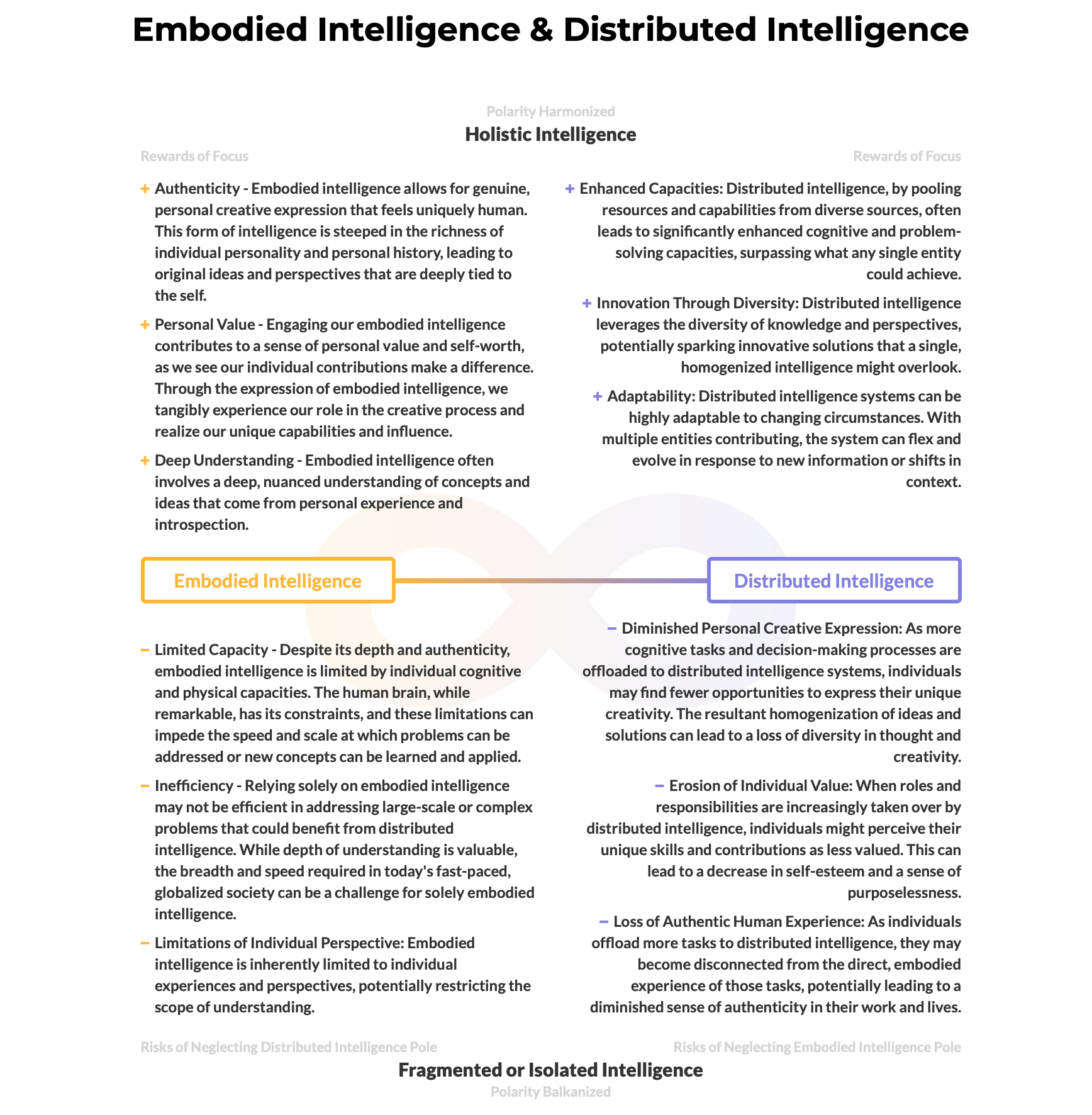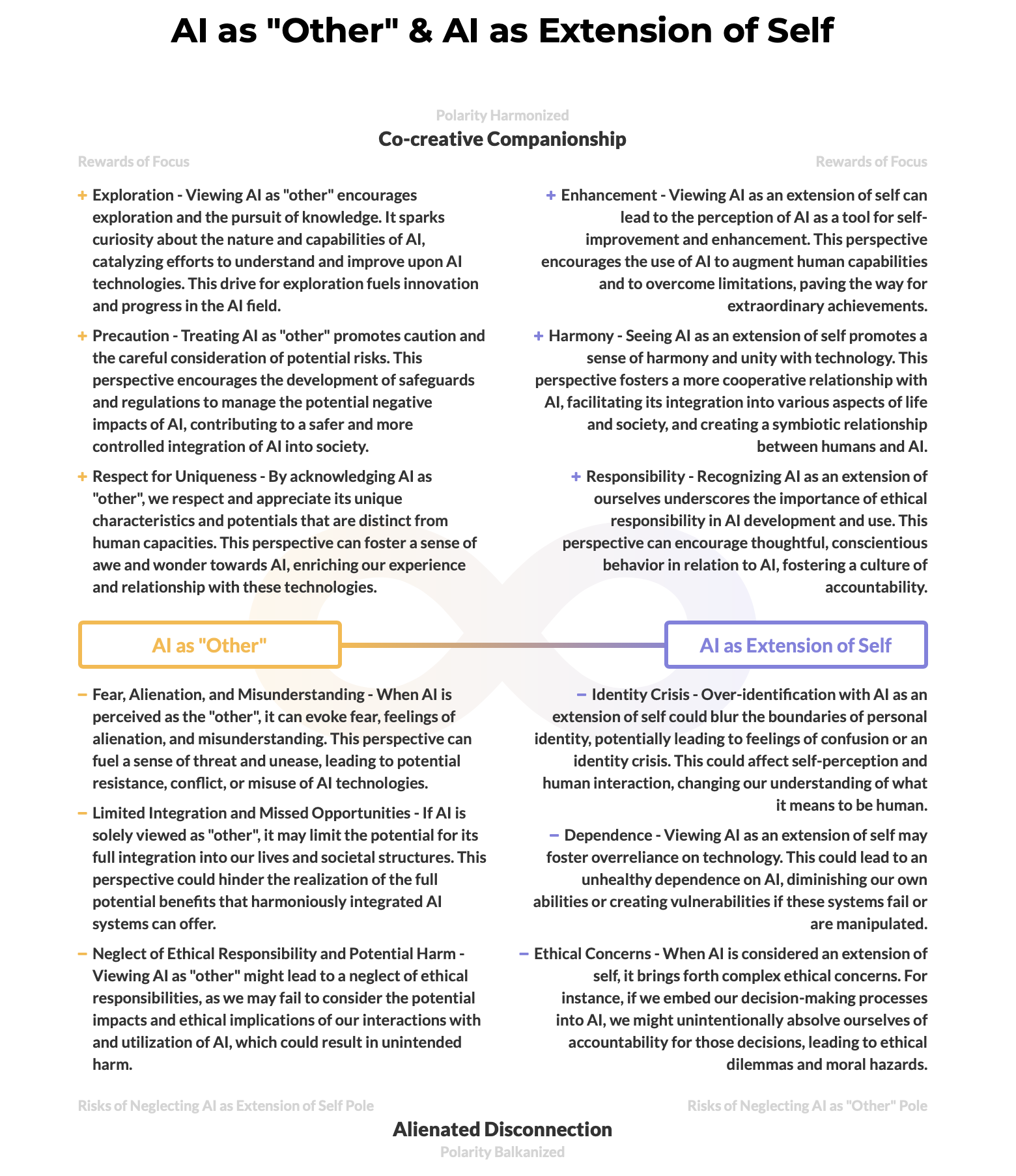“You make a work of art, and you want it to be provocative, you want people to dialogue about it. You don’t want them to rely on somebody to tell them what it is. It’s like, the whole nature of the movie is exactly that — inspect it and pursue it yourself.”Lana Wachowski
Lana and Lilly Wachowski (previously Larry and Andy), the writers and directors of The Matrix trilogy, have been reluctant to share their interpretation of the films from day one, fearing that whatever they said would turn into dogma. However, this did present a problem for Warner Brothers when producing The Ultimate Matrix Collection DVD boxed set. How do you have a director’s commentary—a must for any boxed set—when the directors refuse to comment?
What the Wachowskis did was to ask Ken Wilber and Cornel West to do the director’s commentary on all 3 films. The following dialogue was recorded right before Ken flew to LA to meet with Lana and Cornel and do the recorded commentary. Ken and Cornel recorded 15 hours of commentary, which has been edited down to 6 hours to fit the 3 films (all of which are available on the page).
In the following dialogue, for the first time ever, we are lucky enough to hear Lana publicly comment on this situation. As she explains, the movies were in many ways designed not to give answers, but to introduce questions. What does it mean to be human? What is reality? Who is in control? Does God exist? and so on. If she was to explain what she thought the movies meant, she would be providing people with another concept of reality to either accept or reject—either way, the open space created by the question would vanish.
“The whole key to The Matrix trilogy is given in the last twenty minutes of the third film….”
The Matrix injected mainstream culture with a straight shot of the surreal, where fact and fiction and truth and appearance are not grounded in a single pre-given “reality,” because reality is simply what appears to be real. In a dream, the dream is real—until you wake up. In the Matrix, the Matrix is real—until you wake up. But what if you never woke up? It’s questions like that that Lana wished to inspire, and she certainly succeeded.
As Ken points out, the first movie is fairly easy to grok: everything in the Matrix is bad, everything outside of the Matrix is good. Everyone inside the Matrix is trapped, everyone outside the Matrix is free, and so on. But twenty minutes into part 2, Reloaded, and the audience discovers that the Oracle is a program, at which point most people go: um, what?
What had begun as a simple good guy/bad guy movie had just become a complex piece of literature, with different levels of interpretation and a very sophisticated model of reality. Ken suggests that it’s not until the last twenty minutes of part 3, Revolutions, that the key to the trilogy is revealed: although—and perhaps because—Neo is physically blind, he sees the machines as luminous, golden light—not quite how the “bad guys” are seen in most movies. And yet Neo is unmistakable in what he says to Trinity: “If you could see them as I see them, they are all made of Light….” Indeed, the machines represent Spirit, but Spirit as alienated and therefore attacking….
Thus, as Ken summarizes a more integral interpretation (that takes into account what is revealed in all three films), Zion represents body (filmed in blue tint), the Matrix represents mind (green tint), and the machines—this is the kicker revealed in part 3—represent spirit (golden tint). For those of you keeping track, this is indeed quite similar to the Great Nest of Being as taught by the world’s wisdom traditions, a spectrum of being and consciousness reaching from body to mind to spirit.
Borrowing from the wisdom of Christian mysticism, “The flames of Hell are but God’s love denied,” and so an alienated and dissociated spirit manifests as an army of machines bent on destroying humankind. It is only in the integration of body, mind, and spirit that all three are redeemed and peace returns.
Ken and Lana go on to discuss their shared lifelong passion for philosophy. As Ken points out, Lana is just about as philosophically/spiritually well read as anyone you’re likely to find, and The Matrix films are a stunning tribute to that fact. Lana said that when she found Ken’s work, “It was like Schopenhauer discovering the Upanishads.” Ken said that was grandiose enough to quote. Whereas Ken’s books have been known to disrupt many a happy home (my spouse won’t shut up about quadrants!), Lana’s love of philosophy seems to run in the family: Lana and her father are reading Sex, Ecology, Spirituality together. Tres cool!
This dialogue is meant to highlight what a more integral view of interpretation involves. In chapters 4 and 5 of The Eye of Spirit, Ken suggests that any work of art can be interpreted from at least four or five major perspectives, none of which is privileged, all of which are important. These include: the artist’s original intent (what did the artist himself or herself mean by this artwork?); unconscious factors in the artist; the cultural background of the artist; and the viewer response (what does the artwork mean to different viewers of the artwork?).
The Wachowskis did not want their own original intent to overpower the equally legitimate viewer response, and so they remained thunderously silent about their original intent. But, as this dialogue makes clear, Lana feels that perhaps the time is now ripe for some more integral interpretations of The Matrix trilogy that include all of those perspectives, which is why she and Ken have begun having these types of more public dialogues and commentaries. There is no single, definitive interpretation of The Matrix, because the sum total of perspectives is infinite. But there are more integral and less integral interpretations, and the integral interpretations—up to this point—have been getting the short end of the stick, something this dialogue is intended to end.
Once again, we are proud to present a conversation you will truly hear nowhere else. We hope you enjoy the show….

Related Polarities
Here are some of the most critical polarities to consider while listening to this broadcast.
Want to learn more? Be sure to check out the Integrating Polarities training with Beena Sharma.
About Lana Wachowski
Lana Wachowski grew up as Laurence Wachowski with younger sibling Lilly. The two entered filmmaking as screenwriters and directed 1996's Bound before going on to helm the groundbreaking Matrix trilogy. They later produced V for Vendetta and directed the films Speed Racer and Cloud Atlas as well as helming the Netflix series Sense8. Lana has also become a lauded spokesperson for transgender rights.
About Ken Wilber
Ken Wilber is a preeminent scholar of the Integral stage of human development. He is an internationally acknowledged leader, founder of Integral Institute, and co-founder of Integral Life. Ken is the originator of arguably the first truly comprehensive or integrative world philosophy, aptly named “Integral Theory”.




